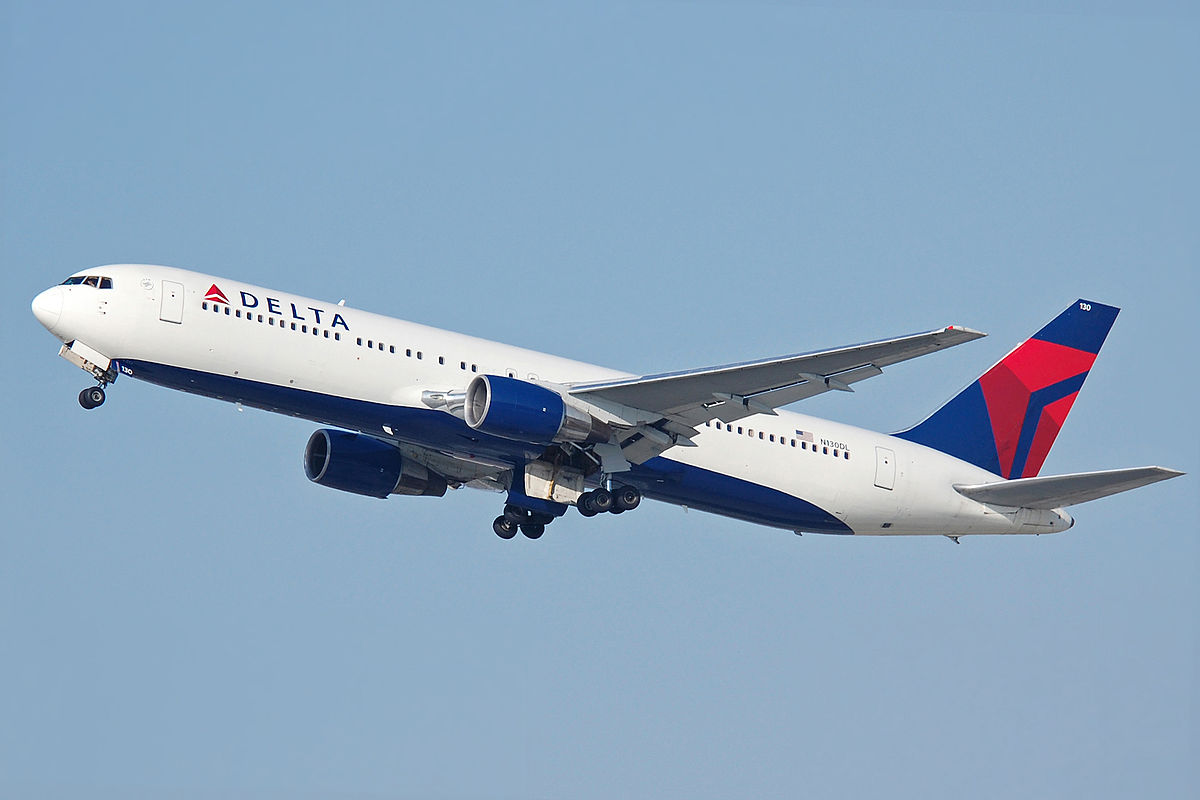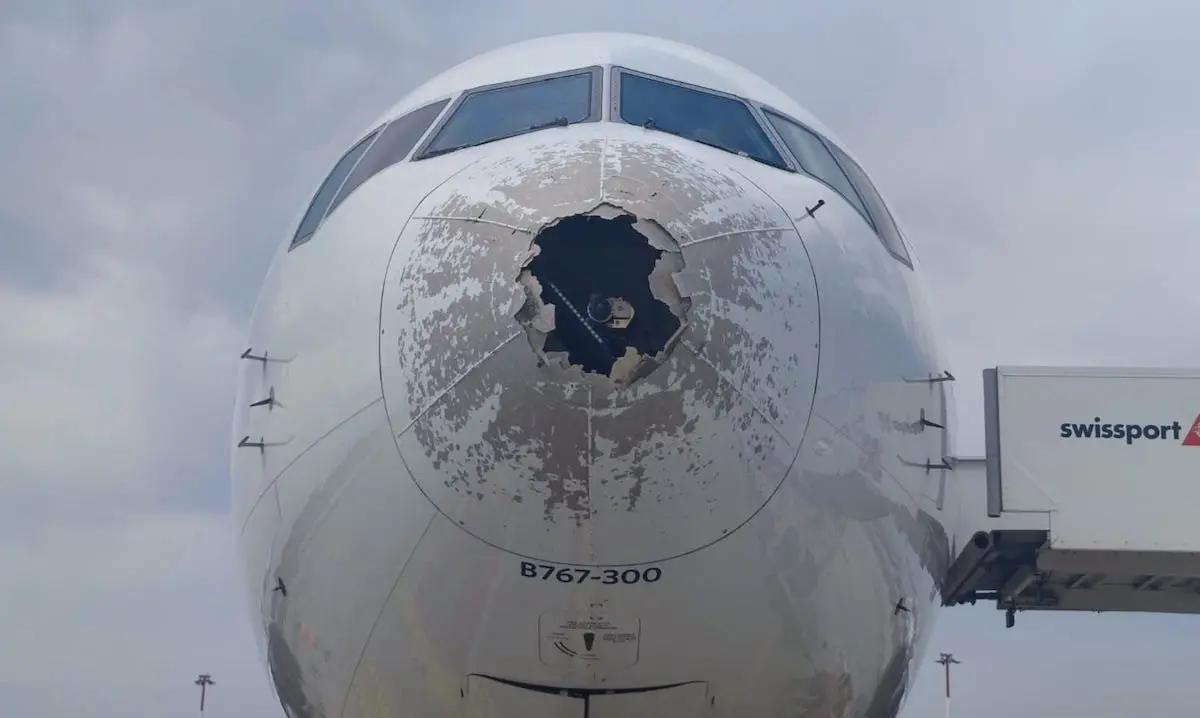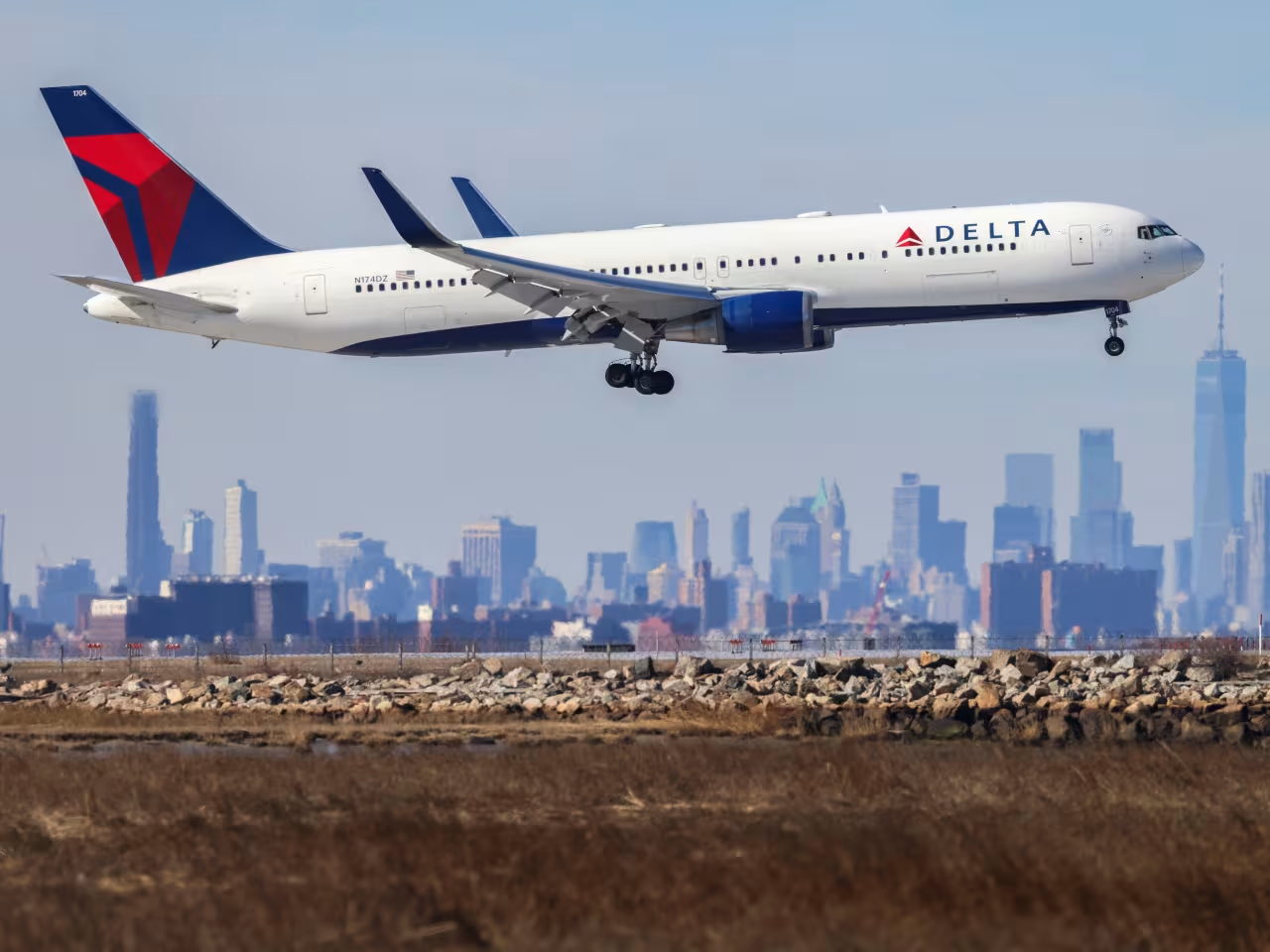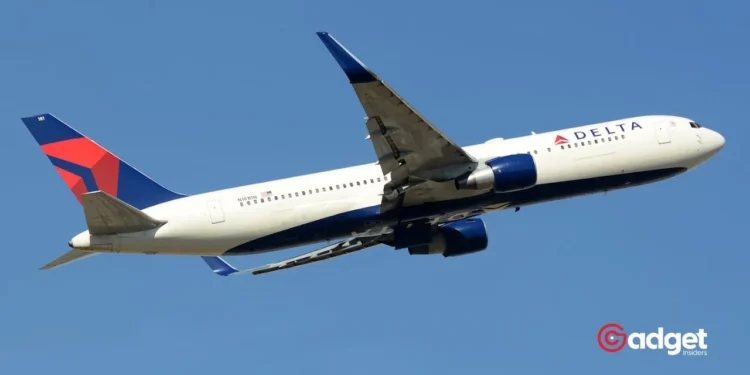In a striking revelation that has the aviation industry buzzing, a Delta Airlines Boeing 767 experienced a concerning malfunction when its emergency slide unexpectedly detached during takeoff. The aircraft in question, operating as Delta’s Flight 520 from JFK Airport in New York, is no spring chicken at 33 years old, well beyond the typical service life for a commercial airliner.

A Seasoned Plane with a Surprising Service Record
The incident was brought to light by a report in The New York Post, which cited information from Airfleets.net, identifying the aircraft as significantly older than the 20 to 25 years usually deemed suitable for commercial operations.
Aviation expert and seasoned commercial pilot Scott Miller pointed out, “A commercial airplane’s average lifespan is only around 20 to 25 years.” This places the Delta Boeing 767 a full eight to 13 years past its prime, a factor that could increase risks not just to those aboard but also to people on the ground.
I've a "Safety Moment" presentation. I will open with this image accompanied by the words, "This is a Boeing 767, 300 series, November 1 7 6 Delta November. It's 1232pm on September 1, 2023 in Prague, Czech Republic & 6 Delta November is about to experience a Major Incident." pic.twitter.com/0M02GVRNZS
— Freeholder (@fwoodbridge) September 12, 2023
Latch Failure or Age Issue? A Closer Look at the Cause
While discussing the potential causes of the slide’s detachment, Miller suggested that the problem could stem from a latch failure on the aging aircraft, triggered when the emergency exit door was opened. However, he refrained from attributing this issue directly to the aircraft’s advanced age, leaving room for further investigation into maintenance and operational practices at Delta.

Despite the plane’s age, Boeing, the manufacturer, has clarified its position, stating it no longer delivers the 767 model but continues to see it utilized in various capacities, including by the US military. The company has distanced itself from operational decisions involving older aircraft, which are the responsibility of the airline.
Delta and Boeing: Under the Regulatory Microscope
This is not the first time Delta or Boeing has been under scrutiny. Earlier incidents and systemic issues have often put both entities in the spotlight. Most notably, Boeing faced intense regulatory review when the Federal Aviation Authority (FAA) launched an investigation into its 737 Max aircraft following a series of safety and production concerns.

The recent incident with Delta’s Boeing 767 adds another layer to ongoing discussions about airline safety, the age of commercial aircraft, and the responsibilities of airlines to maintain and update their fleets responsibly. As Delta continues to operate these aged 767s, questions about the balance between operational efficiency and passenger safety are brought sharply into focus.
With aviation safety standards becoming ever more stringent, the age and maintenance of aircraft are critical factors that airlines must manage diligently to ensure the safety of their operations and the trust of their passengers. As the investigation into the detached emergency slide continues, the aviation community and passengers alike will be keenly watching for outcomes that may prompt broader changes in how older aircraft are handled in the fleet strategies of global airlines.










